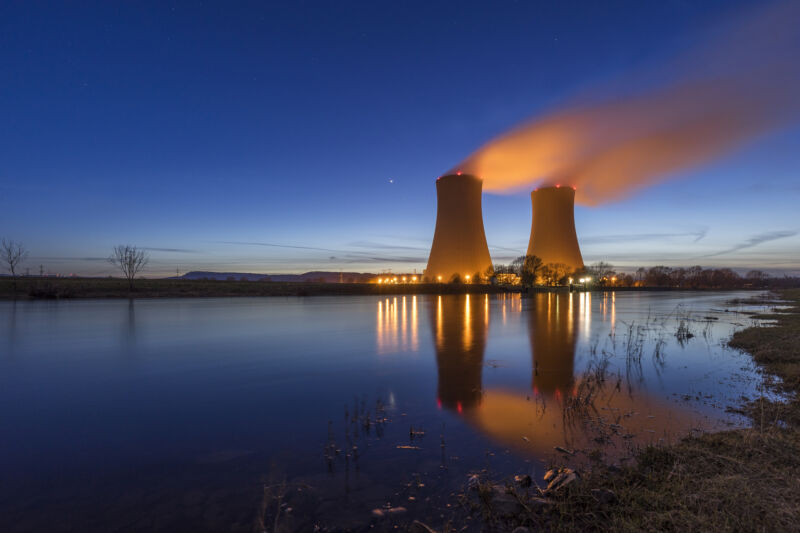
Enlarge / Cooling water is only one factor that limits the productivity of nuclear power plants. (credit: Getty Images)
With extreme weather causing power failures in California and Texas, it’s increasingly clear that the existing power infrastructure isn’t designed for these new conditions. Past research has shown that nuclear power plants are no exception, with rising temperatures creating cooling problems for them. Now, a comprehensive analysis looking at a broader range of climate events shows that it’s not just hot weather that puts these plants at risk—it's the full range of climate disturbances.
Heat has been one of the most direct threats, as higher temperatures mean that the natural cooling sources (rivers, oceans, lakes) are becoming less efficient heat sinks. However, this new analysis shows that hurricanes and typhoons have become the leading causes of nuclear outages, at least in North America and South and East Asia. Precautionary shutdowns for storms are routine, and so this finding is perhaps not so surprising. But other factors—like the clogging of cooling intake pipes by unusually abundant jellyfish populations—are a bit less obvious.
Overall this latest analysis calculates that the frequency of climate-related nuclear plant outages is almost eight times higher than it was in the 1990s. The analysis also estimates that the global nuclear fleet will lose up 1.4 percent—about 36 TWh—of its energy production in the next 40 years, and up to 2.4 percent, or 61 TWh, by 2081-2100.
Read 11 remaining paragraphs | Comments
source https://arstechnica.com/?p=1782537


